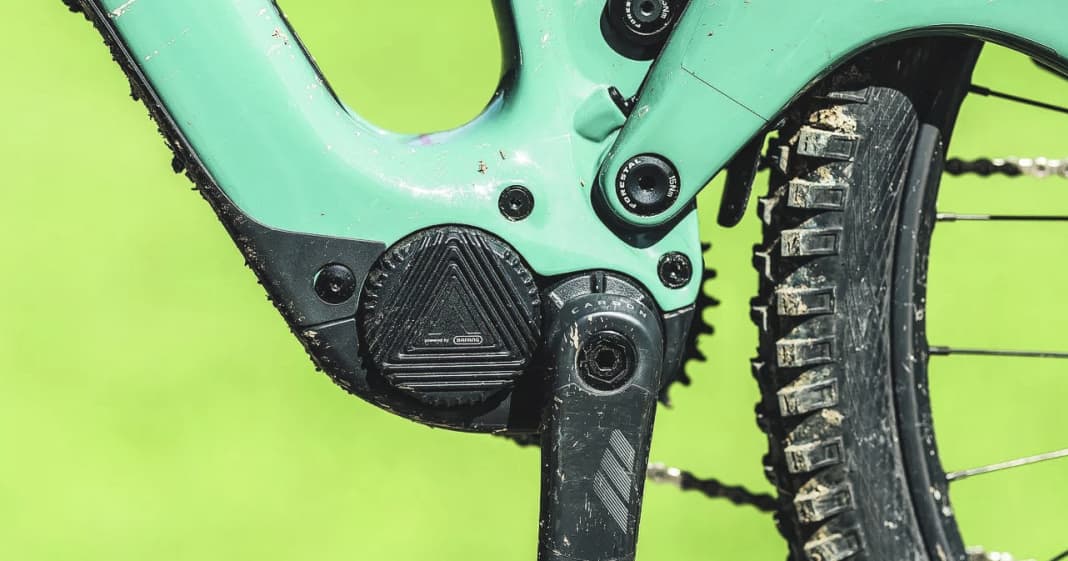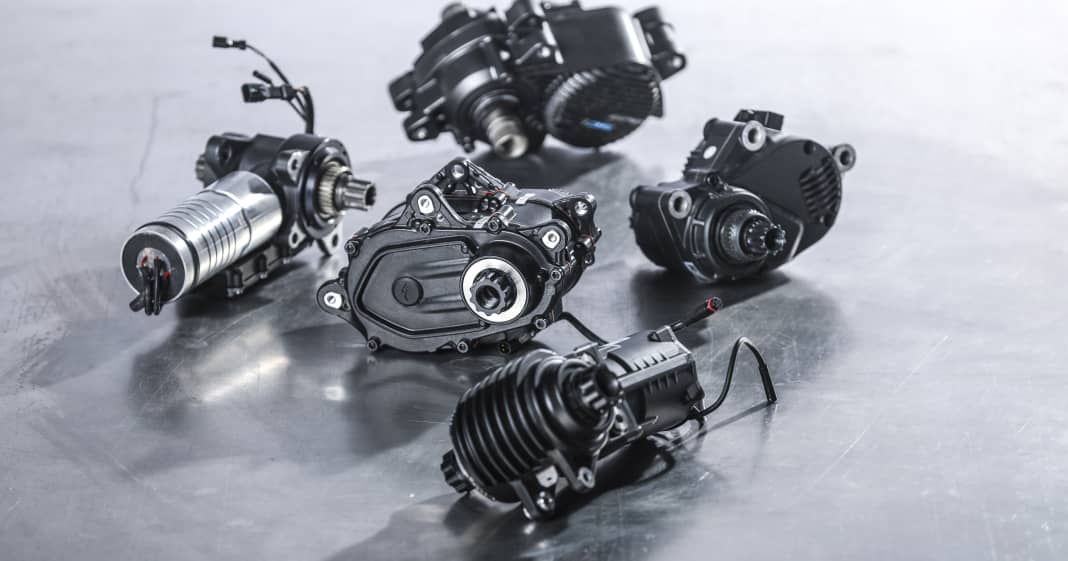Good point about the true capacity on the cells when they are pushed to their max. With that in mind it actually might be better for brbr to go with something like a P45B which although on paper is 500mah less actually will from what I've read from mooch match the 50S around the 15a mark while running a lot cooler. Has rating that are 2x what the motor will pull so well within spec. Something to think about!Pretty much agree with the above. A couple of notes though. The 50E’s at 2P are marginal at the levels of 15A. We built such a pack and at the lower cell voltage levels it would voltage sag enough under load to trigger the BMS when used around 350W’s for any length of climb. We built a 40T 2P pack and it out performed the 50E pack even though it was nearly 1Ah less in capacity. We converted the 50E to a 3P pack ( it becomes 30A constant load ) and it has been really really good. It seems way better than the specs under that use.
In all electronics keeping everything cool is key. Wrapping your batteries in foam will only keep the heat building up. Key is to attach the batteries to some form of heat dissipation, what better than a very large surface area that is open to the air. I’m talking about your frame here. Key is to get big areas of surface contact to the frame over a large area and no, small mounting bolts won’t do that unless you build in pads that are then compressed against the frame by the bolts.
With all this sort of thing it’s all about monitoring the situation. You are effectively leading the way and if you use low power levels at first, building up to higher levels if the temps are holding down, then it maybe good for us all to be able to go down the 1P route in these lightweights.
A caveat here, do make sure at some stage you test a full power run over a length of time. You only need to lend your bike to a less able rider who will increase the power levels and you may find your normal battery temp will be far exceeded.
I clearly did not take into consideration the series connection (first battery build).
The more I'm reading and now I see it will be complicated to have the good amp rating for the series connection. What do you think is the best ? copper / nickel welding seems maybe too difficult for a beginner ? use wide nickel strip ? thicker ?
Yes this is also why its good to have more than 1p, as with 2 you usually will have also two series connections to also share the load (and so on for more series connections) which makes it easier to spec the total connection rating. But once you get into space concerns you run into times where you cannot do that due to the layout needing to fit the bike so it becomes a thought out design on the best way to make your parallel banks to make the best series connections. Well it depends on how powerful your spot welder is, most of the cheaper "handheld" ones cannot take the extra power even which using nickel plated steel to help the copper weld. I wouldn't call it harder for yourself but your welder. If you wanted to stick with nickel make sure (and test because sellers can lie) that you get pure nickel before doing anything! anything that increases the amount of nickel would give it a higher amp rating, but going thicker can cause you to run into welder issues like with copper. .2mm is usually when the cheaper ones start to struggle as well, which is why I suggested doubling up on say 15x.15mm which is the practice of just welding another strip on top of the first already welded one. I encourage you too look more into the "nickel copper sandwich" and the spot welder you have / will buy so you can decide yourself exactly what route you want to go.
And because it was brought up maybe look into a 14s bluetooth bms, usually a large portion of bluetooth models actually allows the user to change the amount of cells in the app, so you could configure it to 12s and get the benefits of knowing exactly what's going on in the pack and cell temp.
Last edited:


